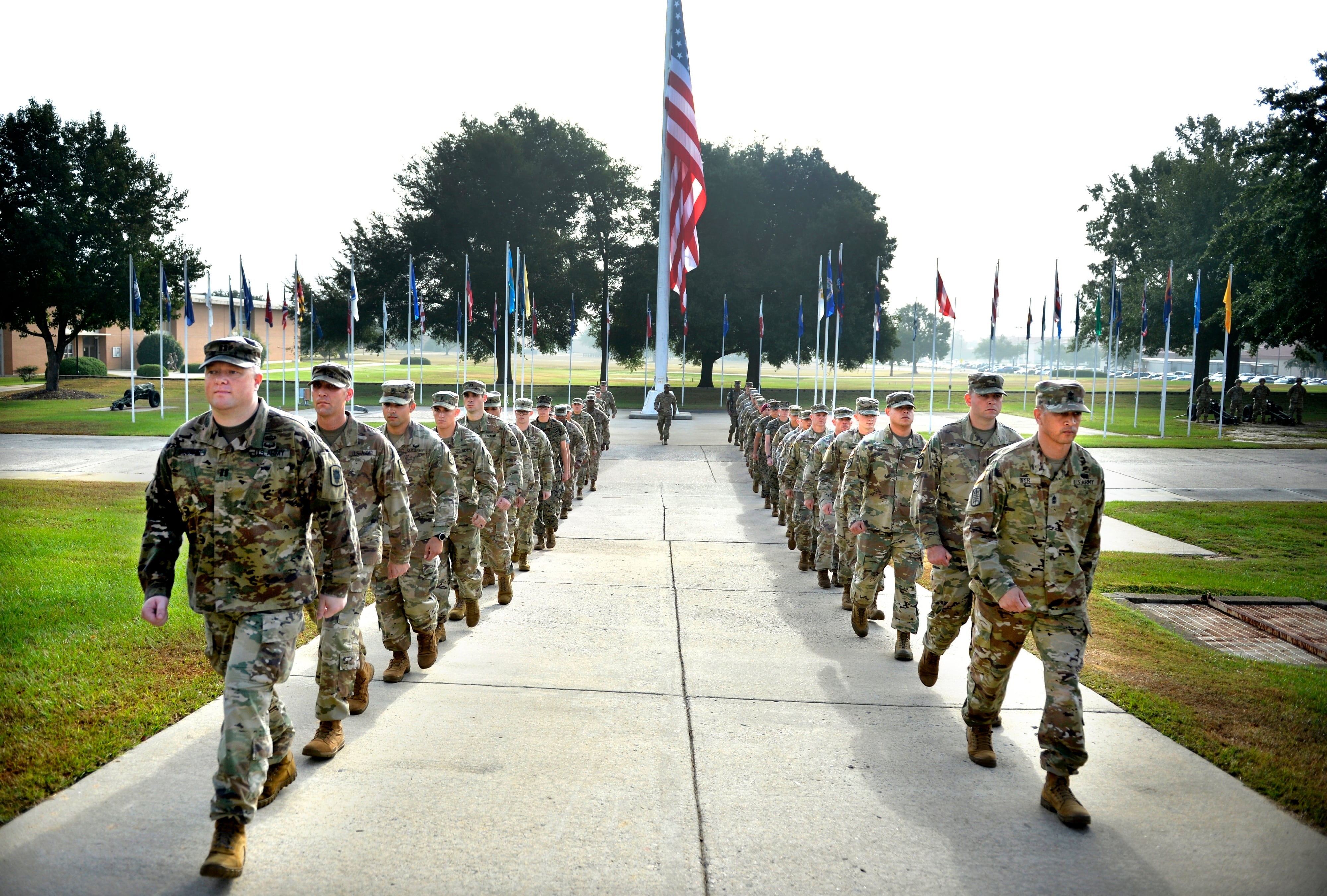Modern warfare is accelerated: operations in a multi-domain battlefield are faster paced and fought over a more disparate battlefield. In the near-peer future fight, contention could escalate to conflicts where traditional operational forces engage, disengage, and maneuver for advantage. Maneuver warfare generates situations where the adversary can capture service members, and the risk of being a prisoner of war (POW) is far higher in a major conflict compared to counter-insurgency operations. During a major conflict, aircrews bail out over enemy controlled areas and the turmoil that comes with a fluid battlefield creates risk for soldiers and Marines being captured by the enemy (e.g., disoriented soldiers are captured by an advancing enemy or convoys are ambushed and survivors captured).
Even if the U.S. and its coalition partners possess tactically or technologically superioriority, there will be situations and pockets within the conflict where friendly forces face a compromising position. As a historical example, in late November 1944, most Allied troops felt the war in Europe was over, but just weeks later, the sudden German counter-offensive in the Battle of the Bulge captured 20,000 Americans within a few days.
Surrender is a rational decision, when all other means are exhausted, that troops should be taught as a means to continue to resist the enemy. But the context of surrender is essential. If you no longer have the means to resist on the battlefield and capture is the only option, you have met your obligation and now have the ability to continue the fight as a POW vice as a combatant.
During two decades of fighting the Global War on Terrorism, the likelihood of a soldier being captured was low. If a soldier was captured, personnel recovery operated relatively close to the area where the capture occurred. However, in a near-peer conflict friendly forces could be overrun by a rapidly advancing adversary seeking the advantage of a fait accompli attack, and personnel recovery could be impossible for the foreseeable future due to a lack of local resources, numerous captured service members, and the chaos in the initial period of war.
Prioritizing Survival, Evasion, Resistance, and Escape (SERE) and Code of Conduct training has fallen by the wayside. The Army’s regulations governing such training--Army Regulation 525-28--was last updated in 2010, and designates U.S. Joint Forces Command (disbanded in 2011) as the Executive Agent for personnel recovery. The last decades steered SERE training to match the counter-insurgency operational environment. There is a need to realign training and doctrine in preparation for the potential operational environment facing near-peer actors and larger-scale conflicts.
In a 1964 study titled “Captivity lore and behavior in captivity,” former POWs from the Korean War were interviewed about their experience. The repeated response from the former POWs was that they felt unprepared to deal with captivity. The unpreparedness made them less able to mentally and physically sustain the long captivity. The risks are not only during time in captivity; being unprepared for the possibility of capture makes it more likely that soldiers panicked during capture. Panic increases the risk of being shot or targeted with violence. Panic and shock can also trigger violent interrogation as Soldiers in a vulnerable state are considered a target of opportunity to extract information.
Soldiers panicking at the point of capture are avoidable casualties. As an analogy with a similar stressful and high-risk action, we can compare soldiers being captured with abandoning a sinking ship. In the World War II (1943) naval classic book “How to Abandon Ship” it states, “Most casualties at sea are actually the result of panic, which is the product of ignorance.” In World War II, a sailor whose ship was torpedoed or shelled by guns was three times more likely to die from panic and unpreparedness to abandon ship instead of the weapons targeting the ship.
Training and mentally preparing for the possibility of capture serves several purposes. A mentally prepared soldier is less likely to be act irrationally at the point of capture and instead seeks to protect themself, their fellow soldiers, and critical information. It is essential that a soldier clearly understands their rights as POWs according to international laws. We also know that such training is effective as a mental preparation in case it happens: the lessons learned from Korea served as lessons for training and preparing POWs for Vietnam to survive their time in captivity.
In this new normal of competition and potentially rapidly escalating near-peer conflict, it is critically important that do not overlook lessons that were already learned. We should begin preparing our forces now for the possibility of spending time in captivity to provide them the tools to survive should that occur.
Dr. Jan Kallberg is a scientist at the Army Cyber Institute at West Point, managing editor of the Cyber Defense Review, and an assistant professor at the U.S. Military Academy. Lt. Col. Todd Arnold is a research scientist in the Army Cyber Institute at West Point and assistant professor in U.S. Military Academy’s Department of Electrical Engineering and Computer Science (EECS.) The views expressed are those of the authors and do not reflect the official policy or position of the Army Cyber Institute at West Point, the U.S. Military Academy, or the Department of Defense.
Editor’s note: This is an op-ed and as such, the opinions expressed are those of the author. If you would like to respond, or have an editorial of your own you would like to submit, please contact Military Times managing editor Howard Altman, haltman@militarytimes.com.





